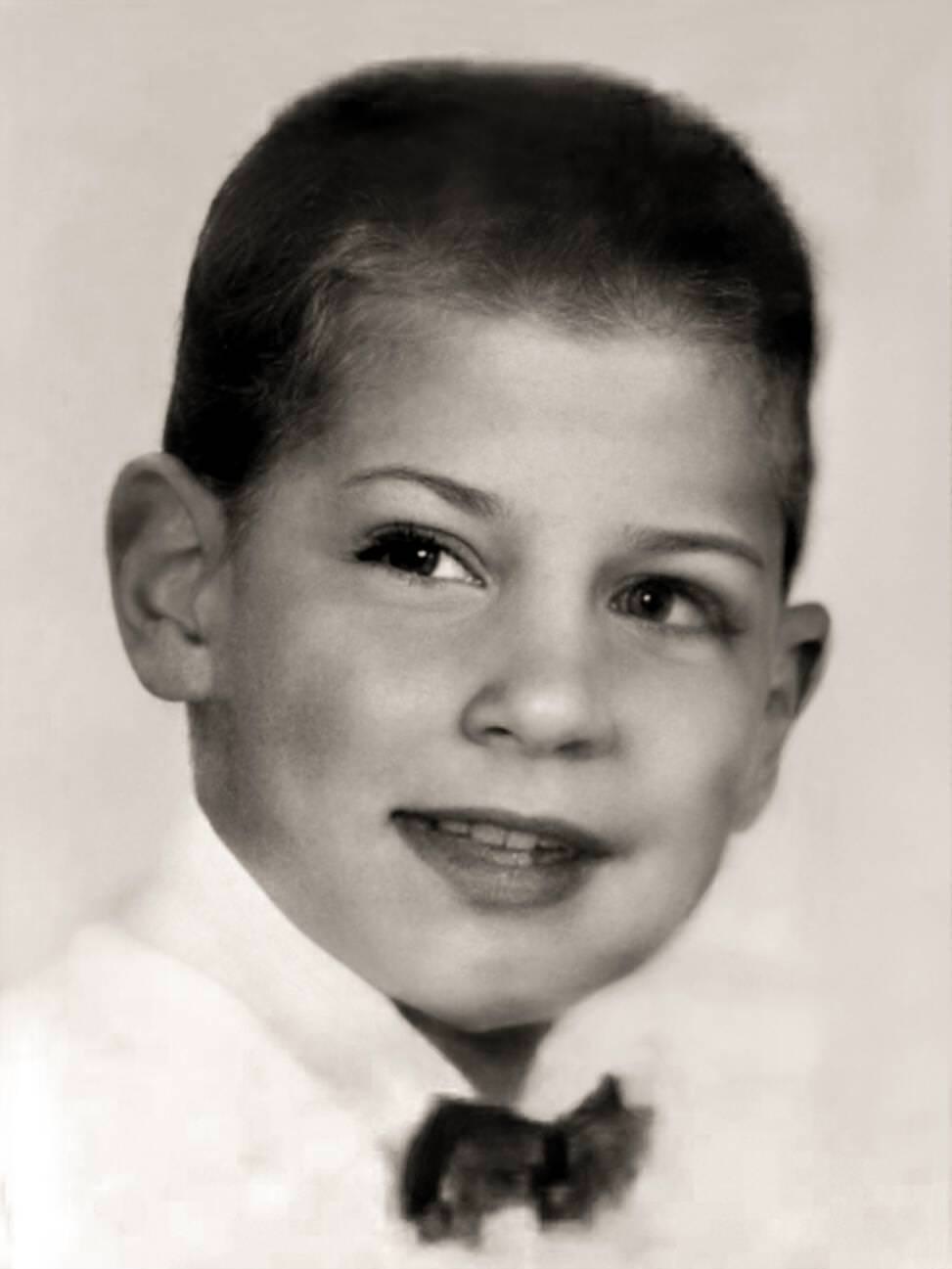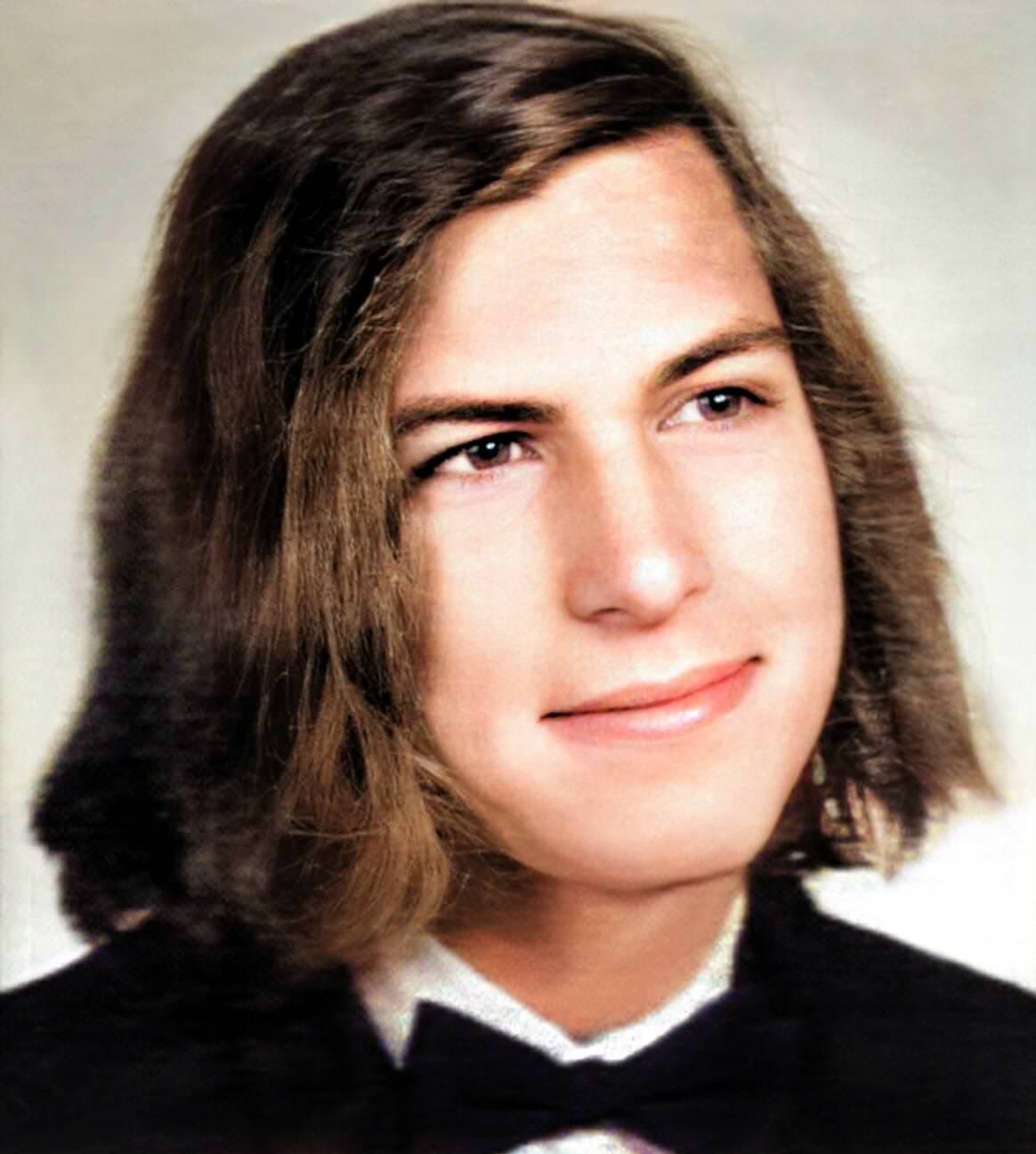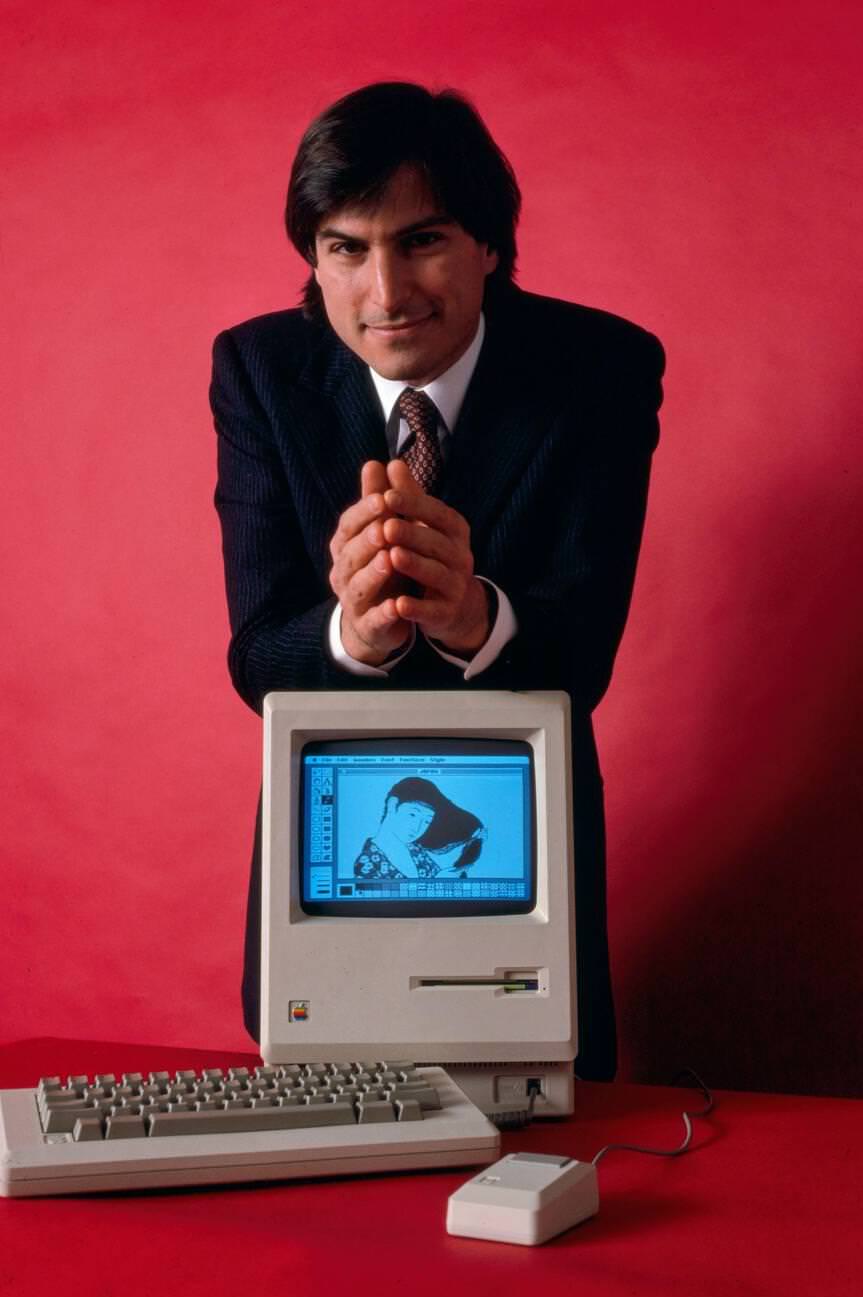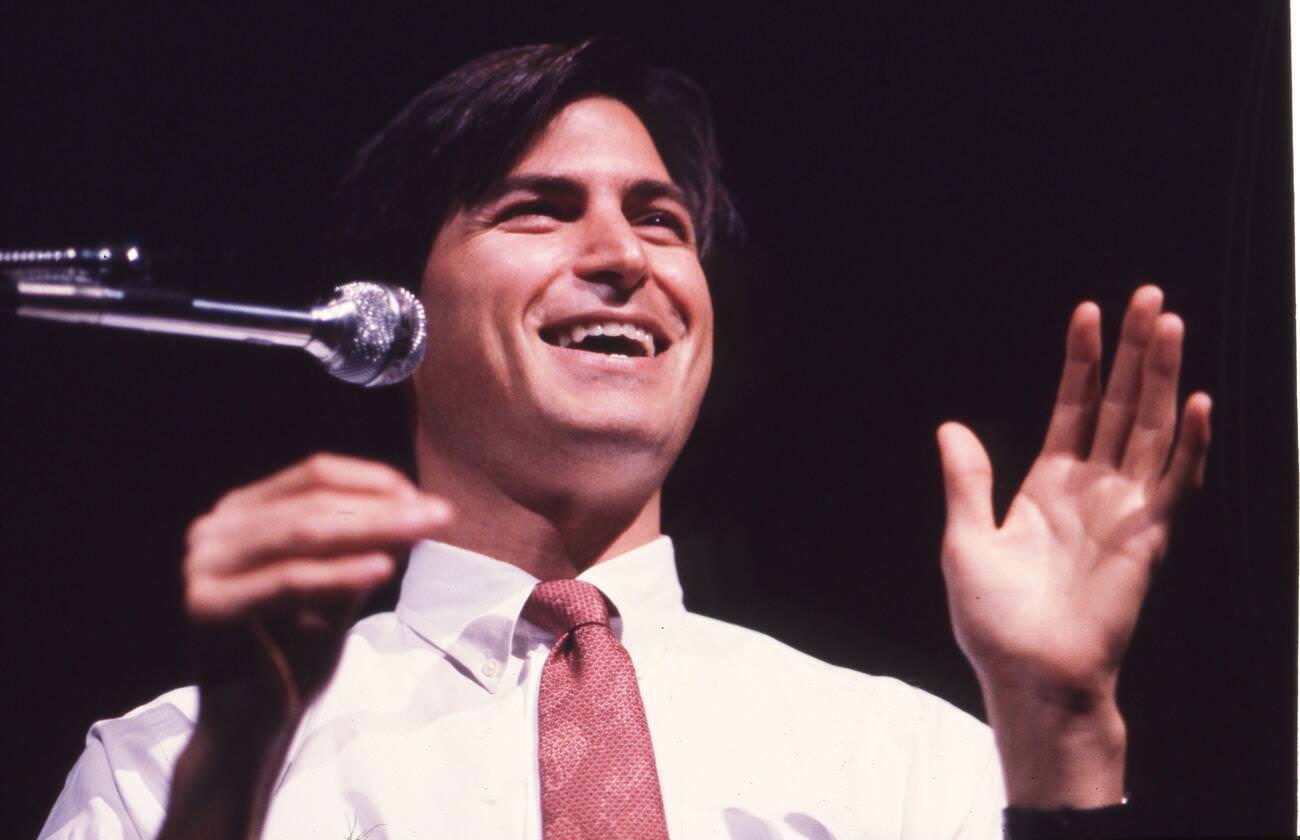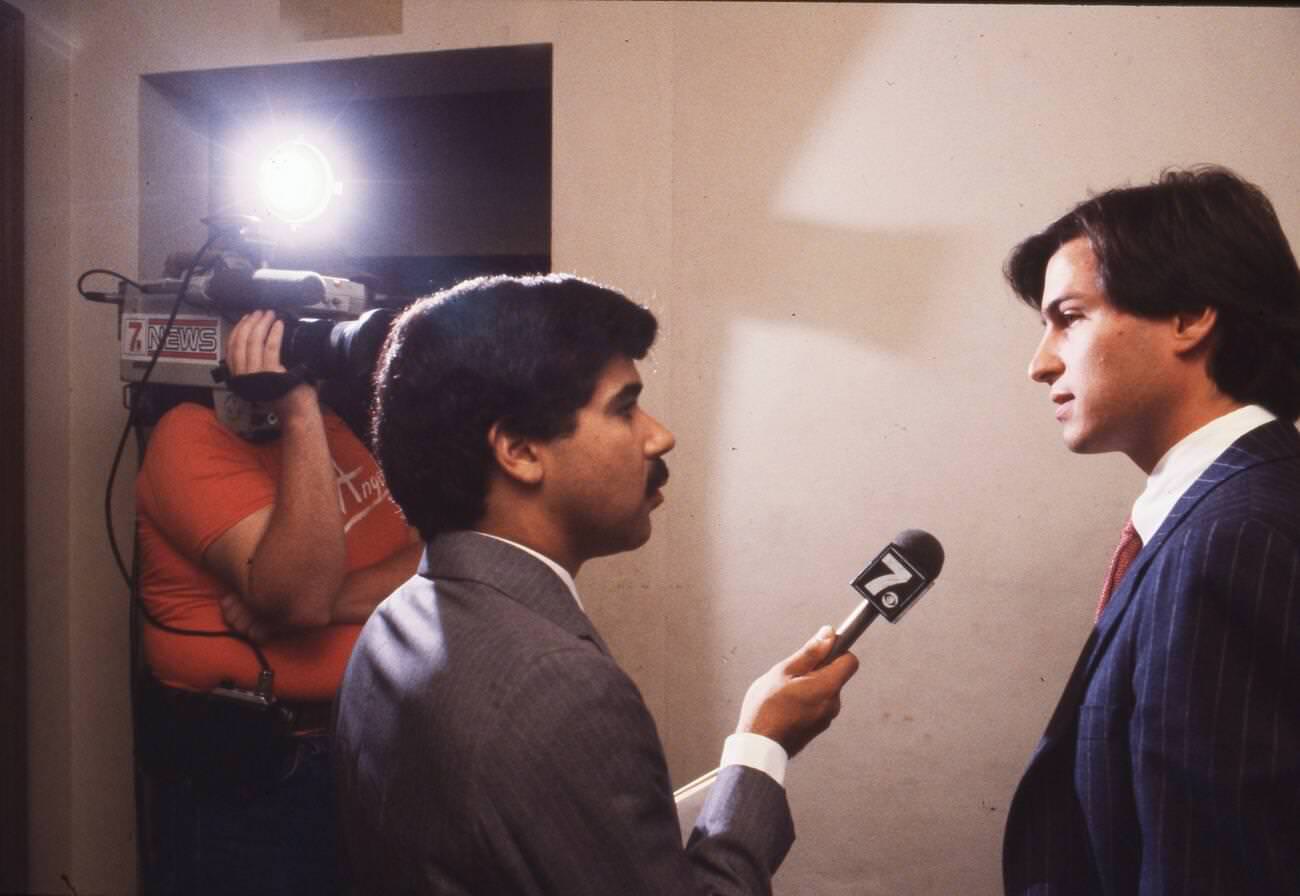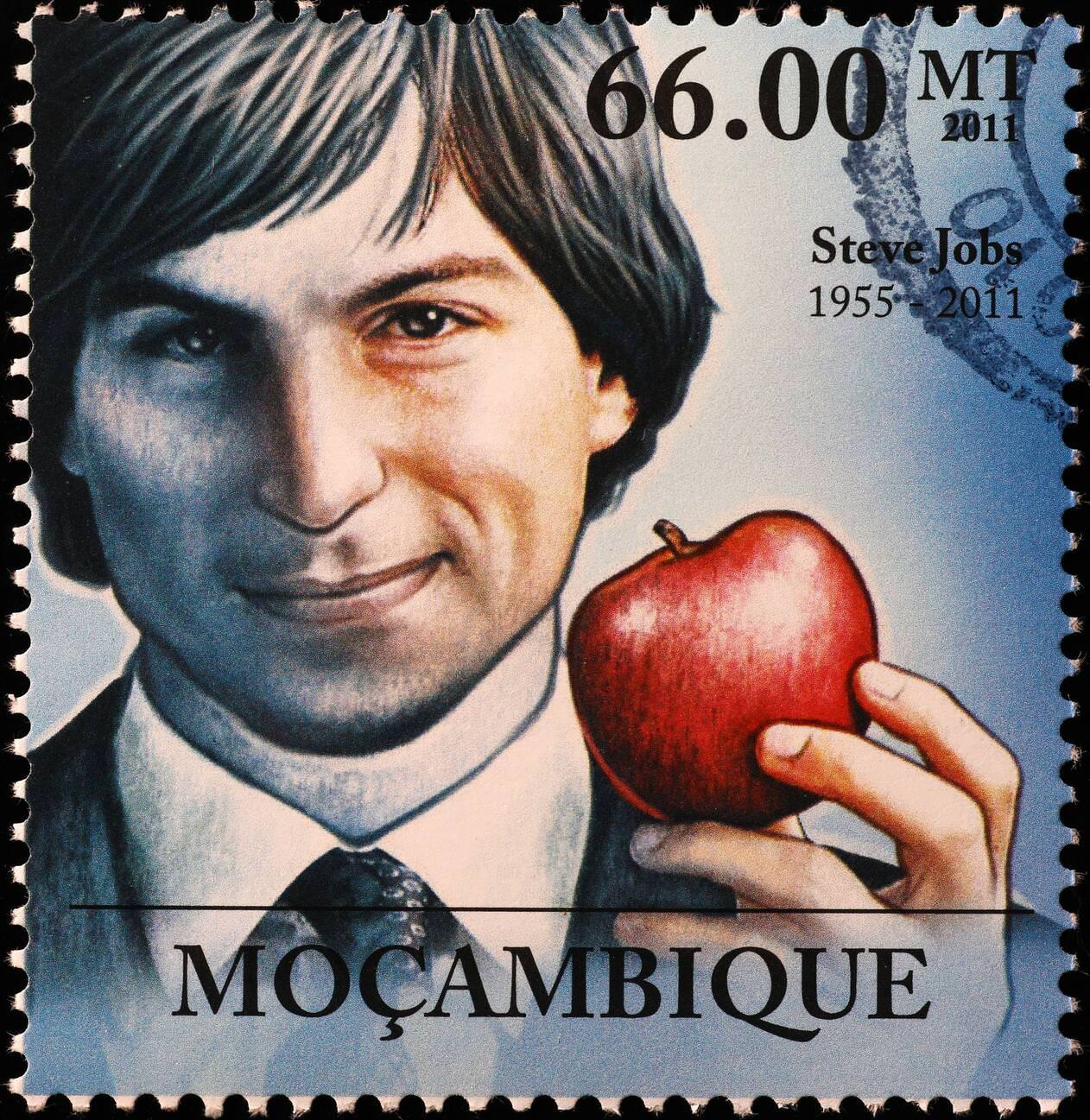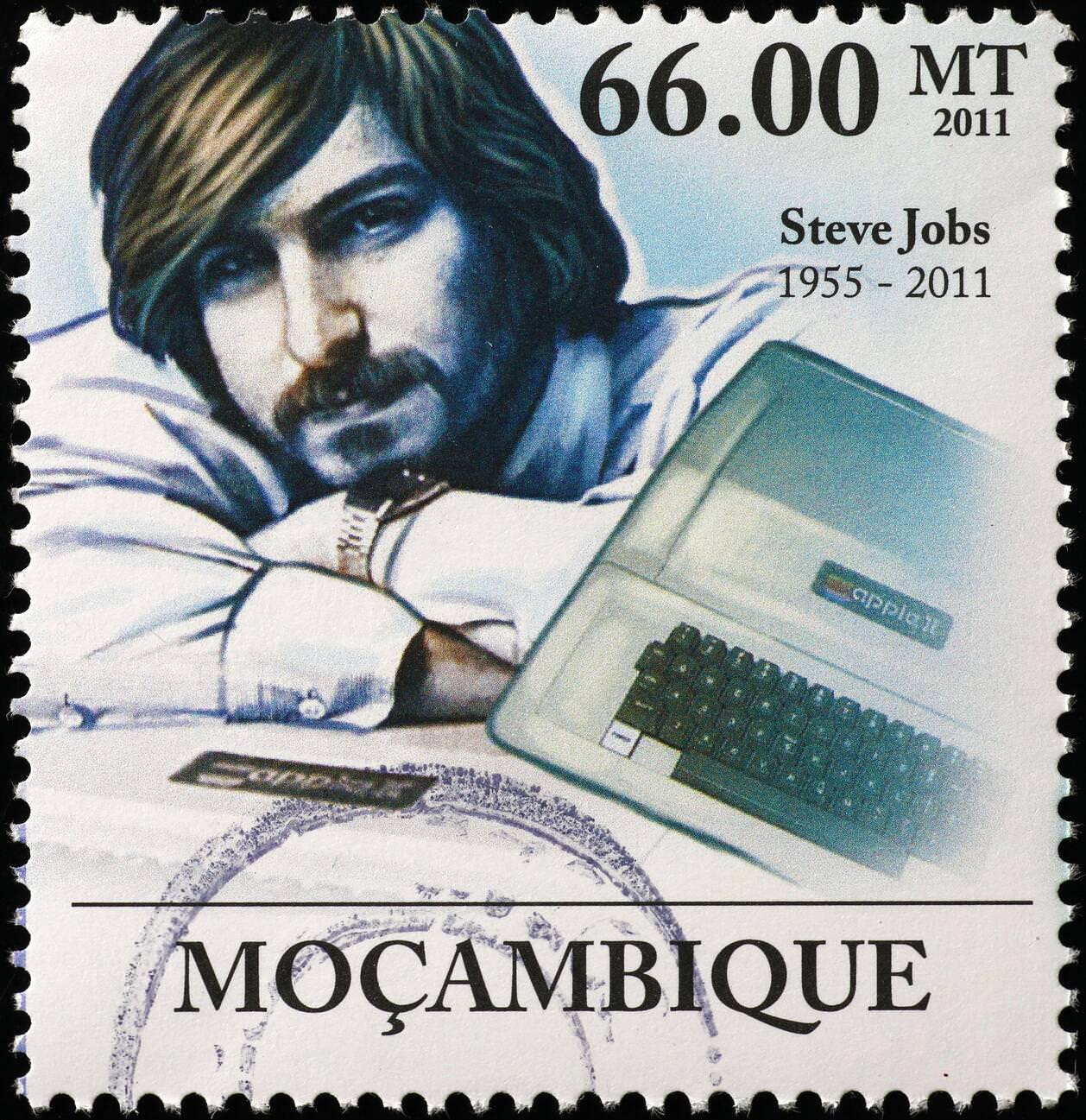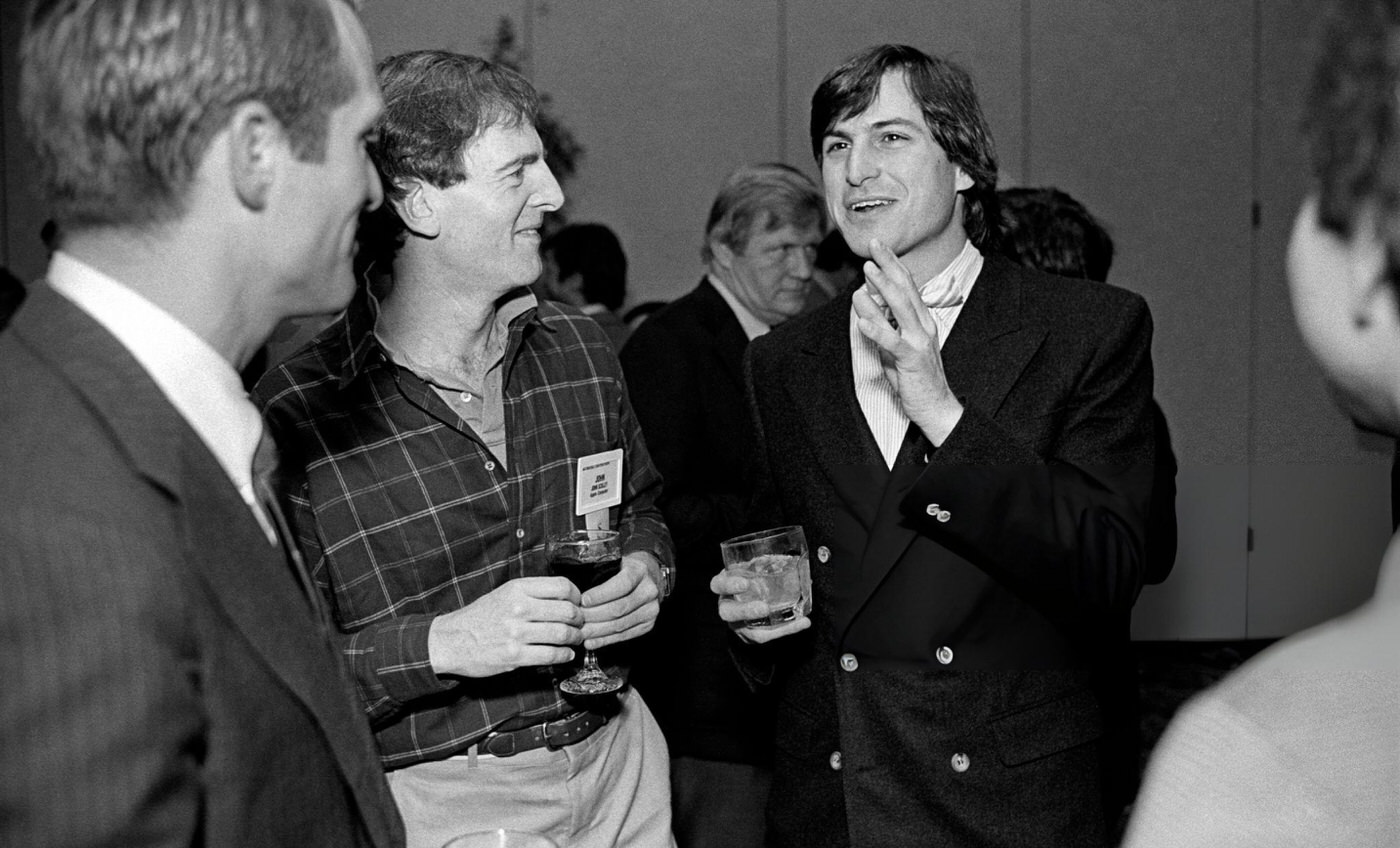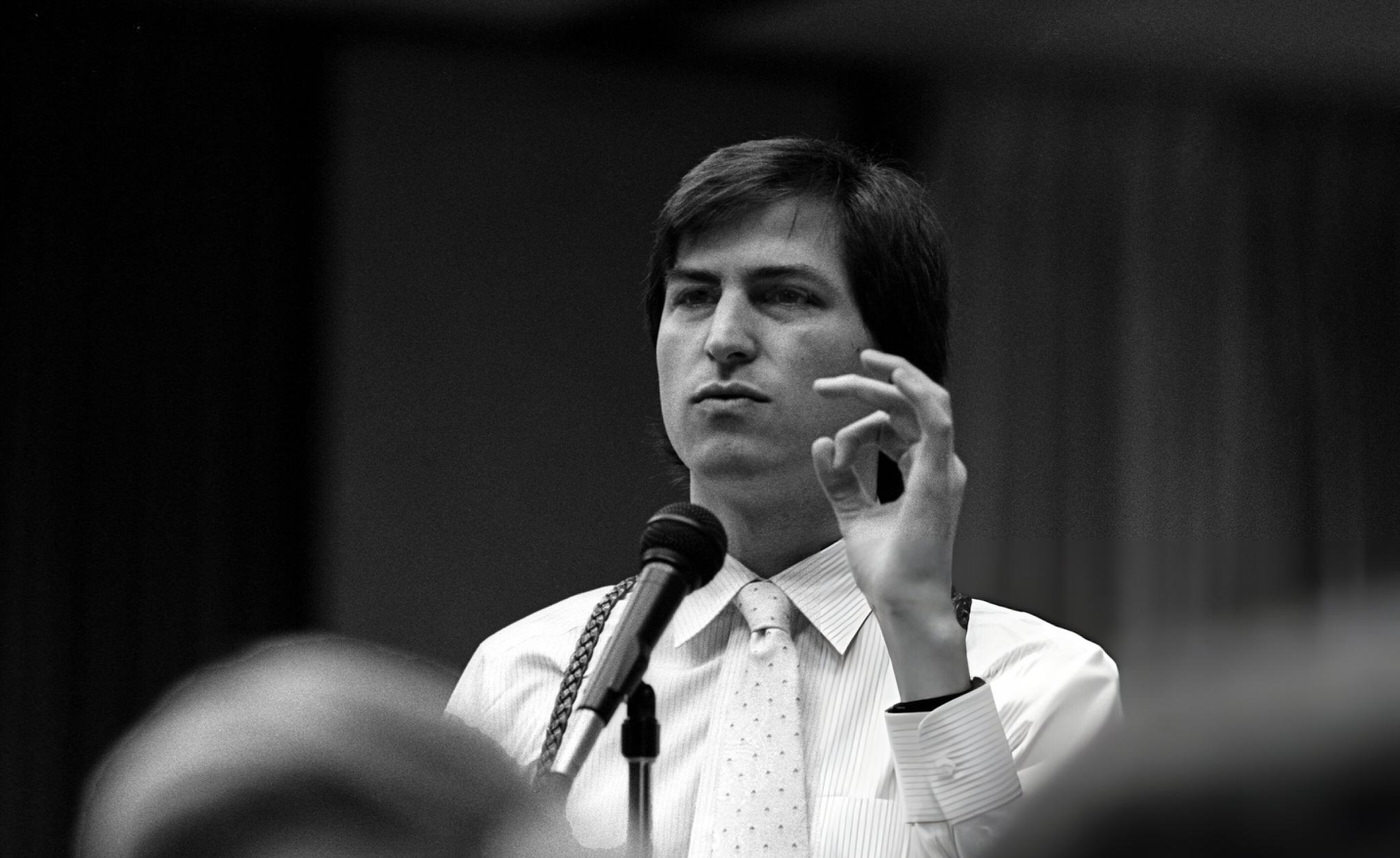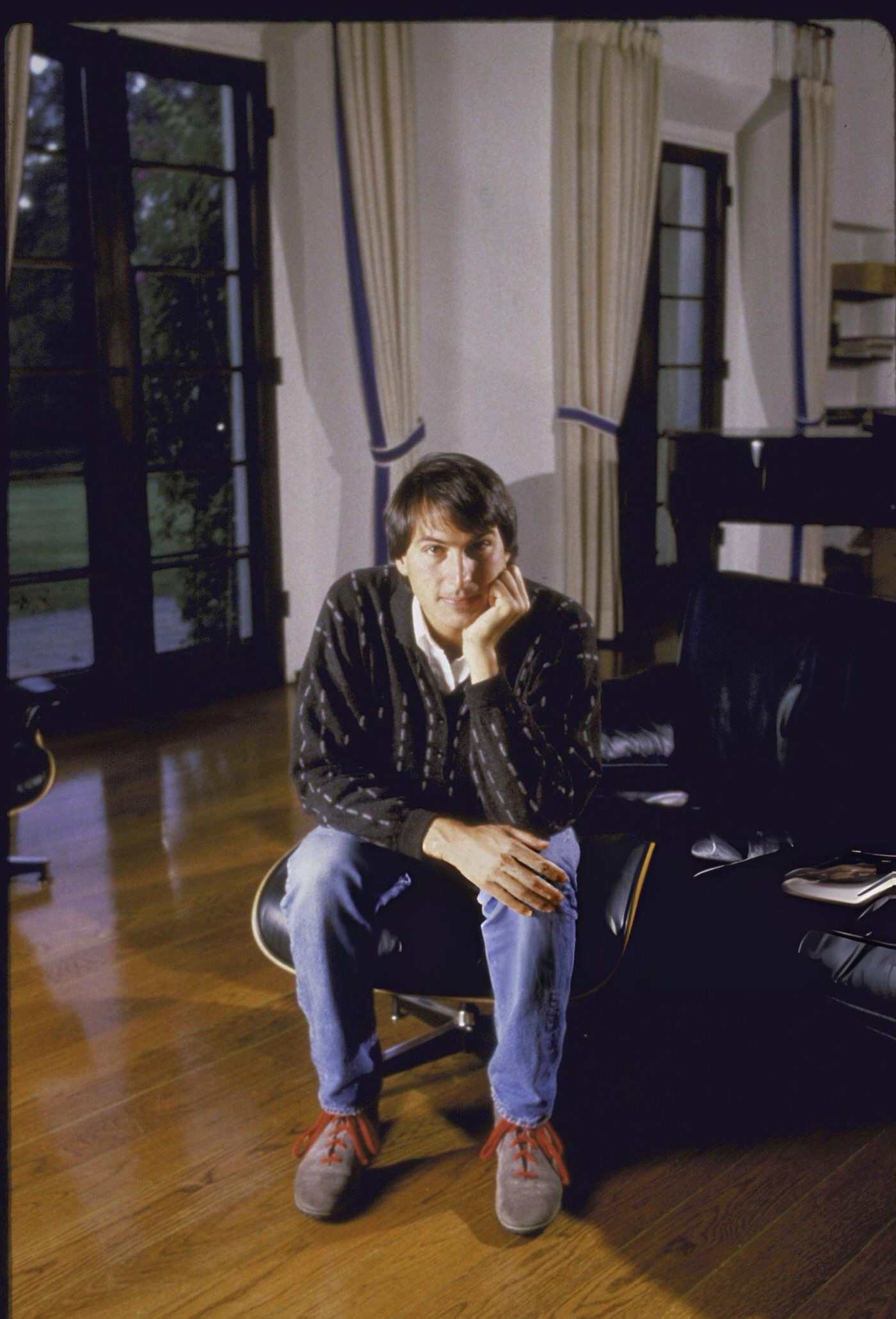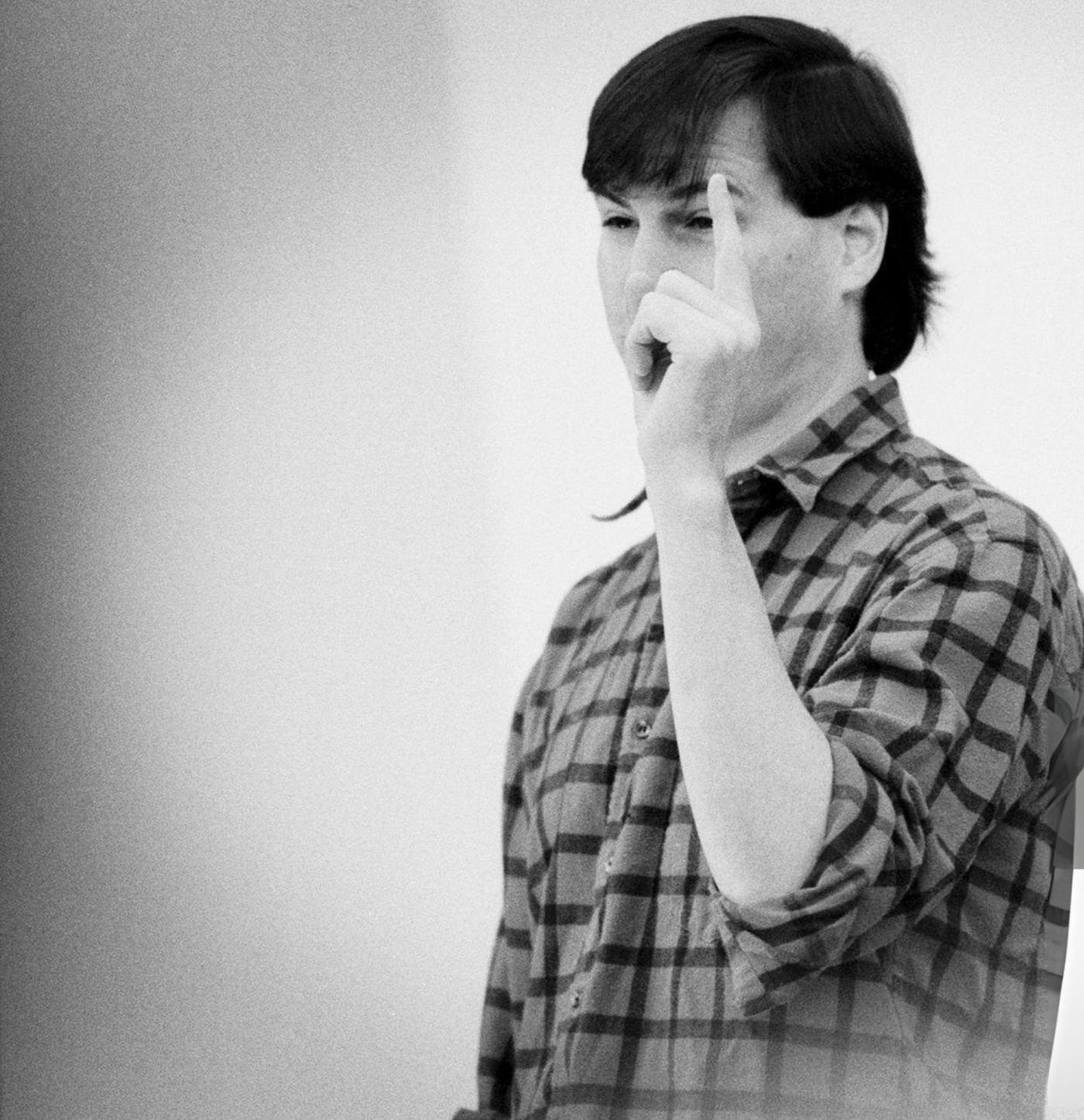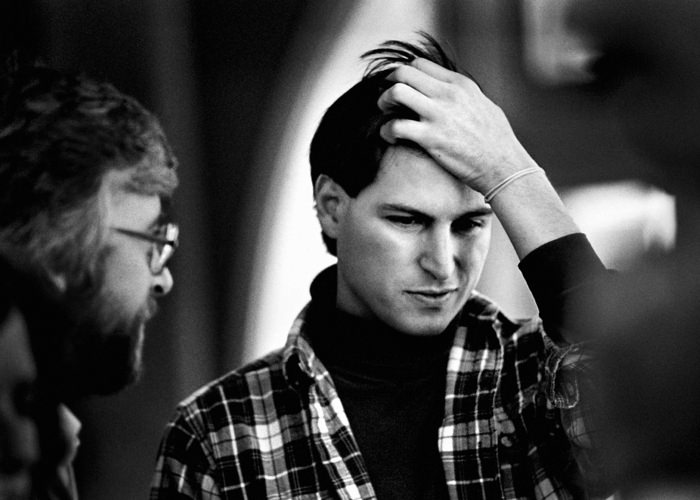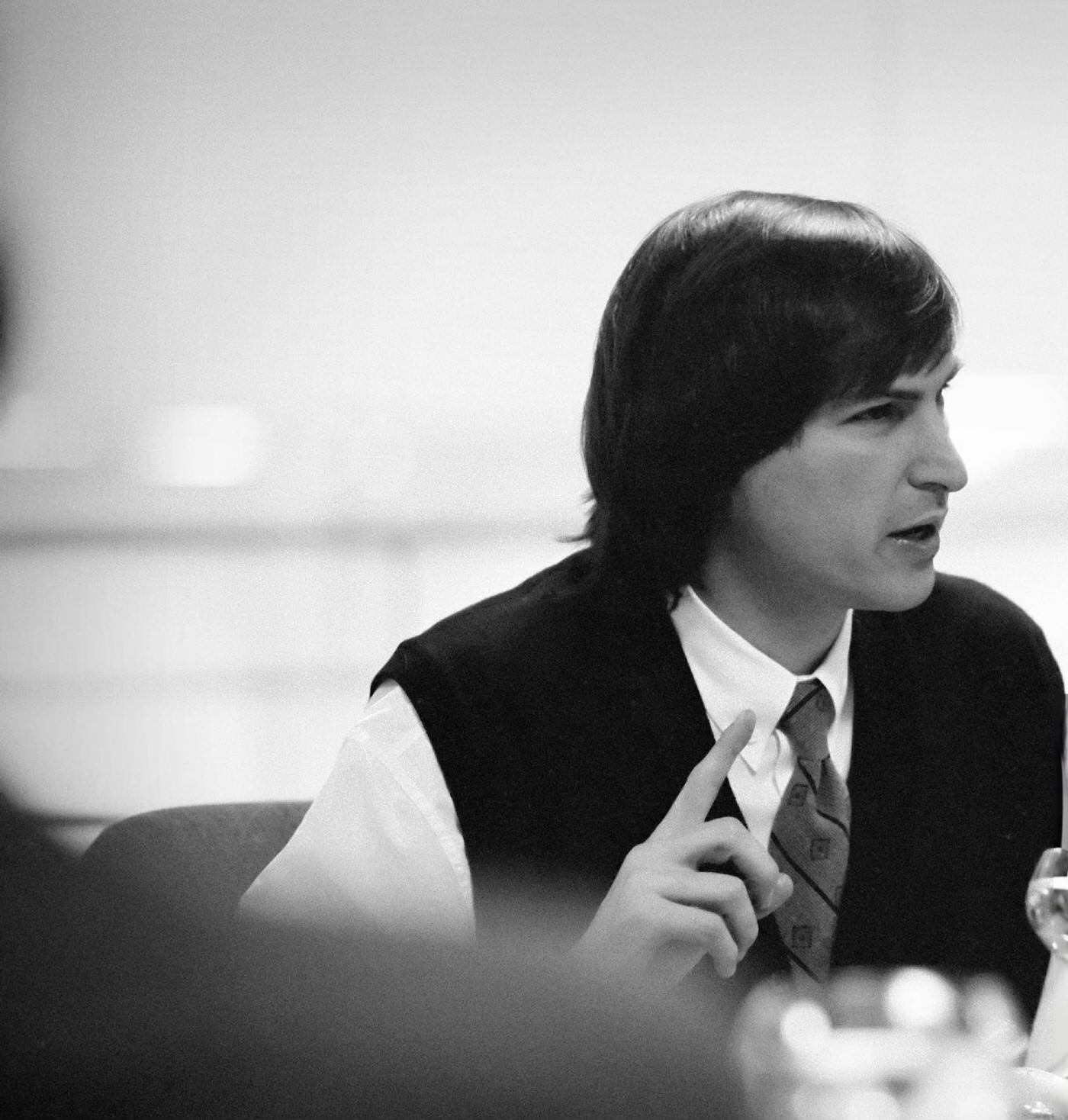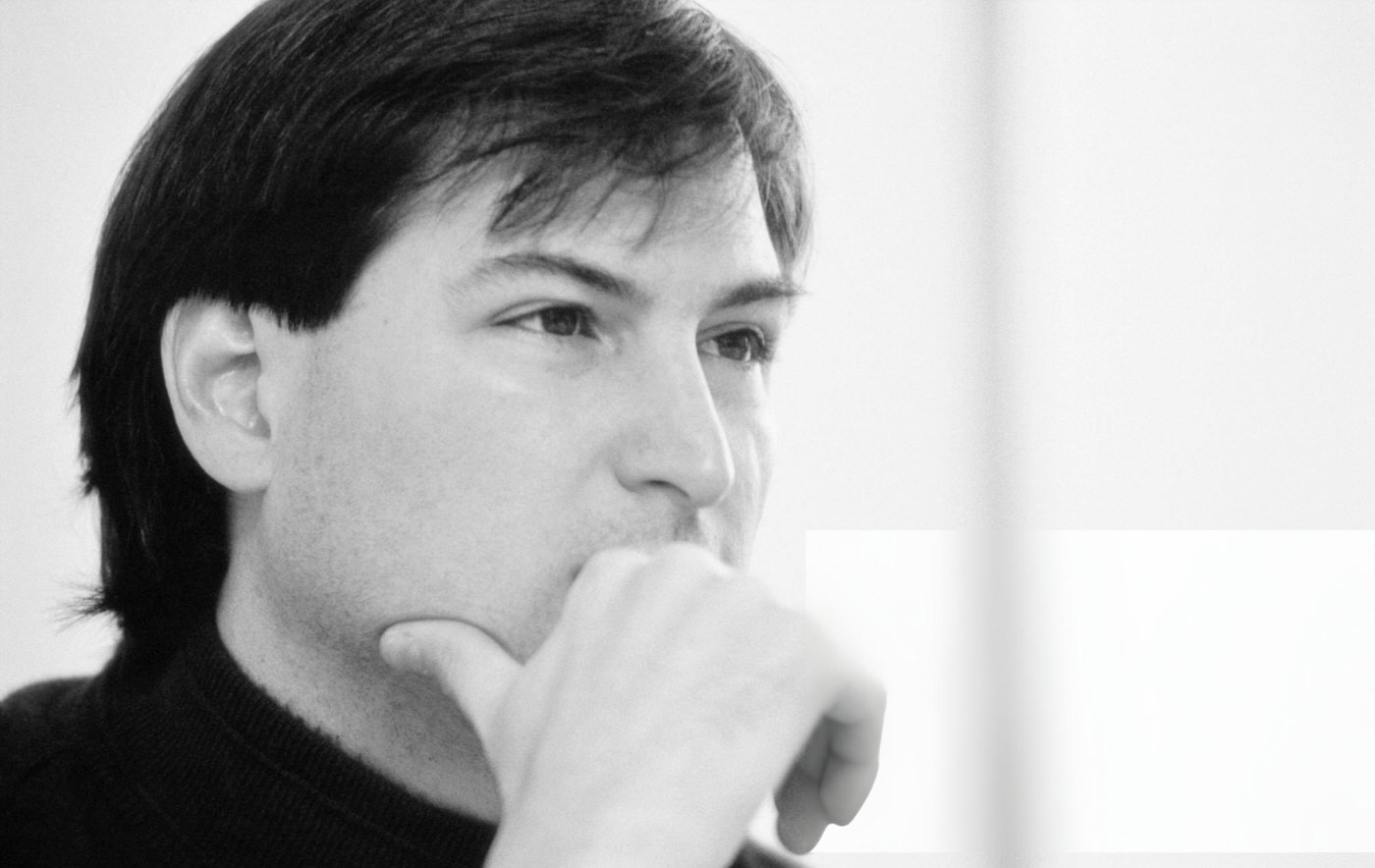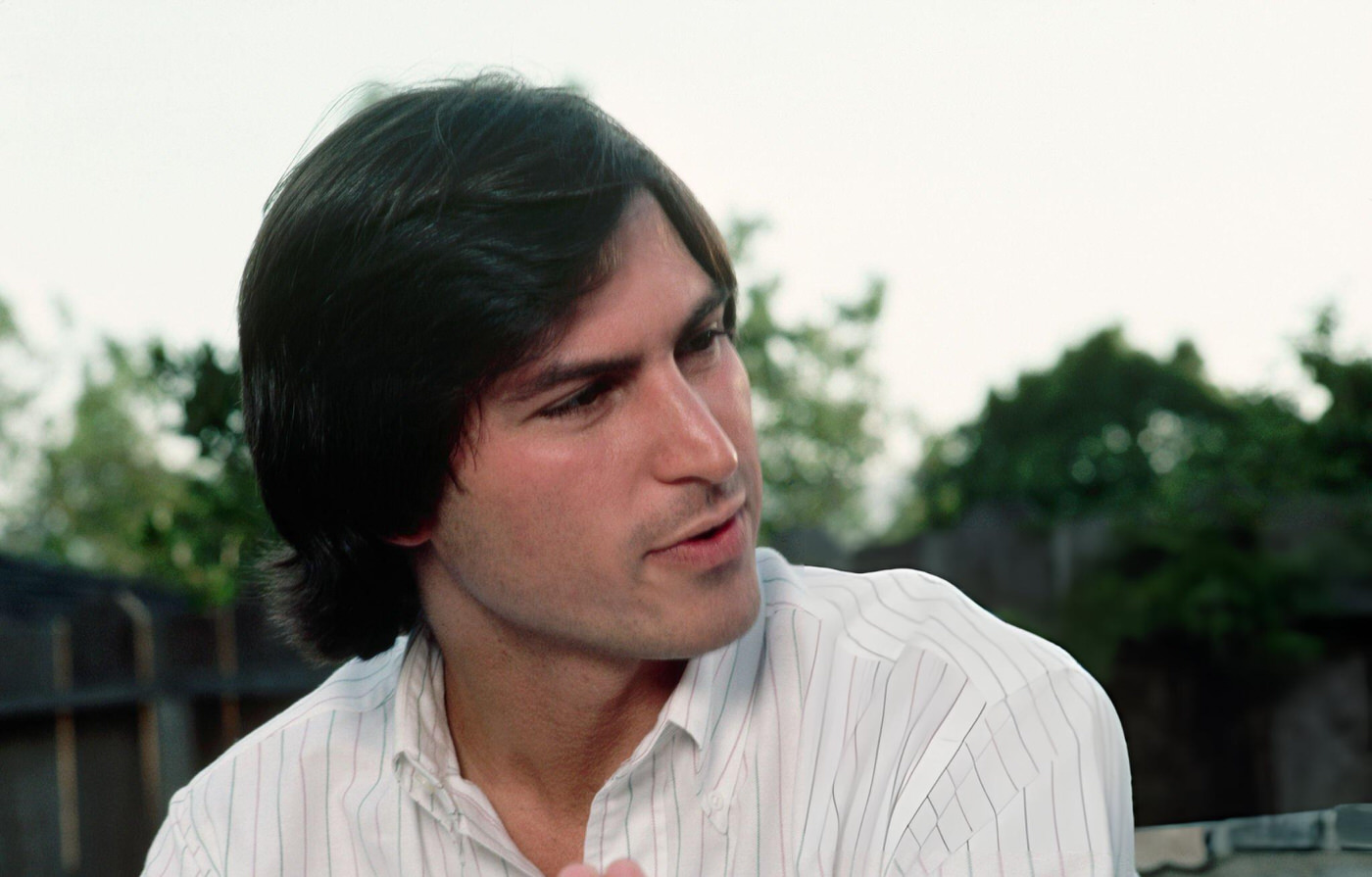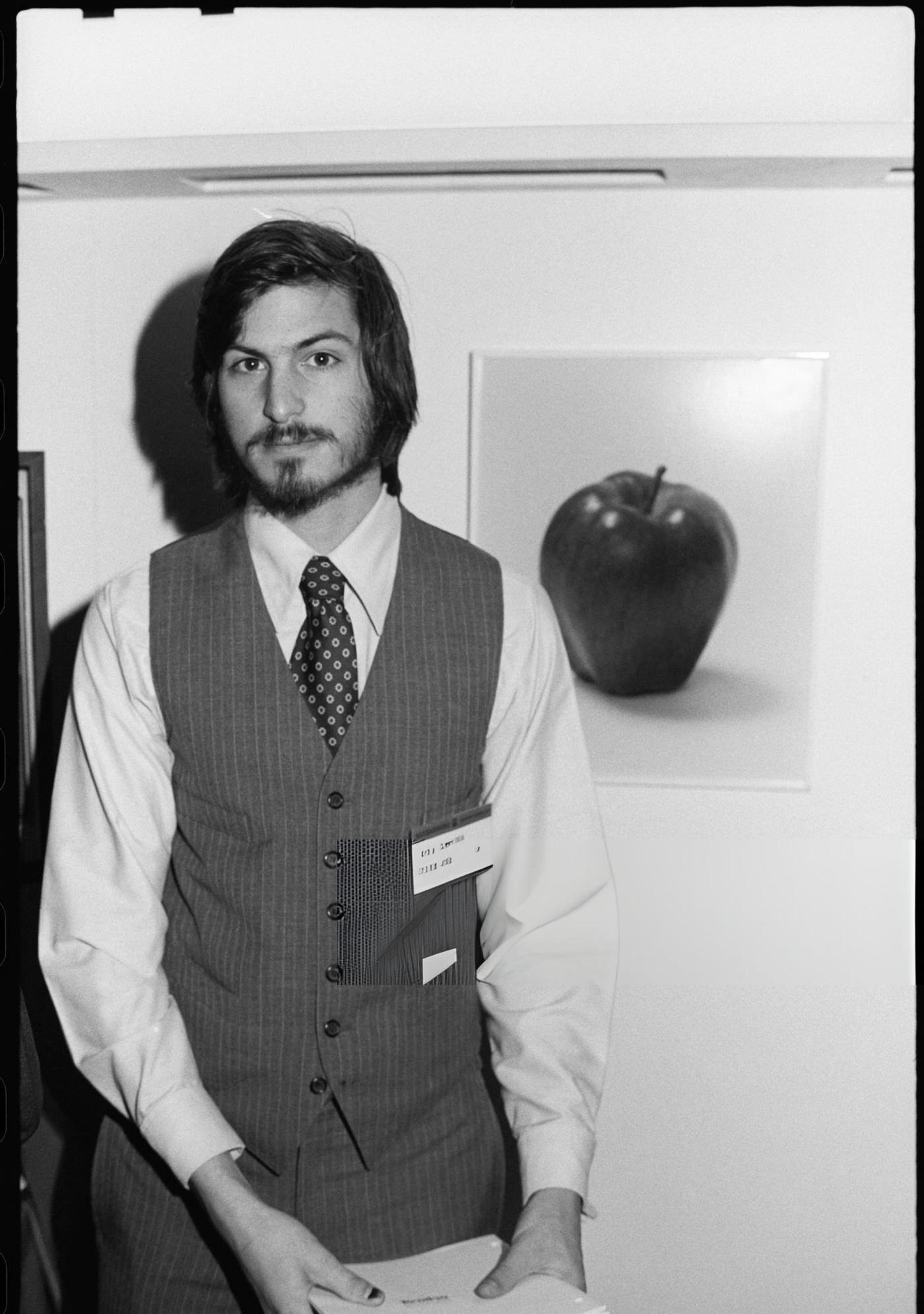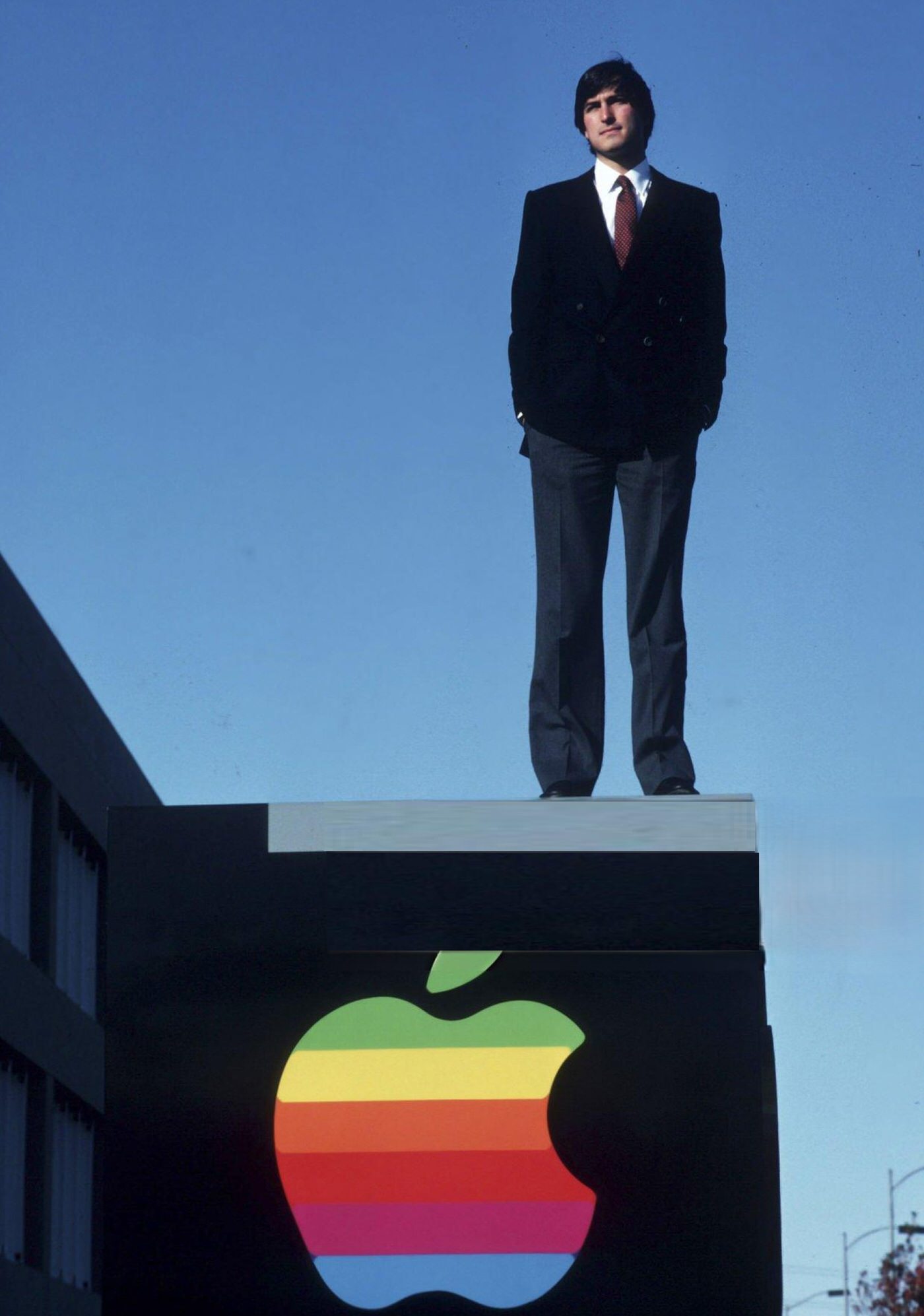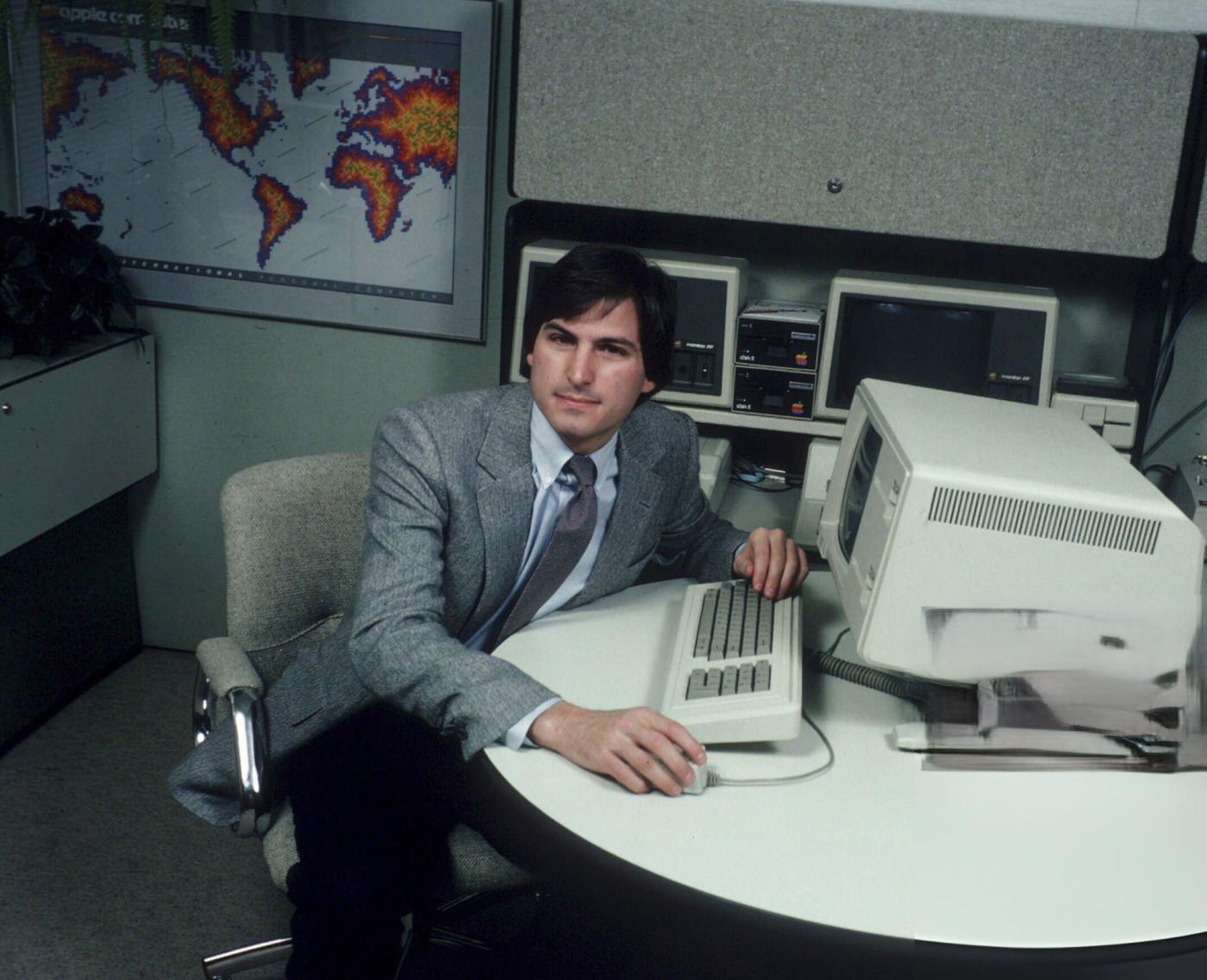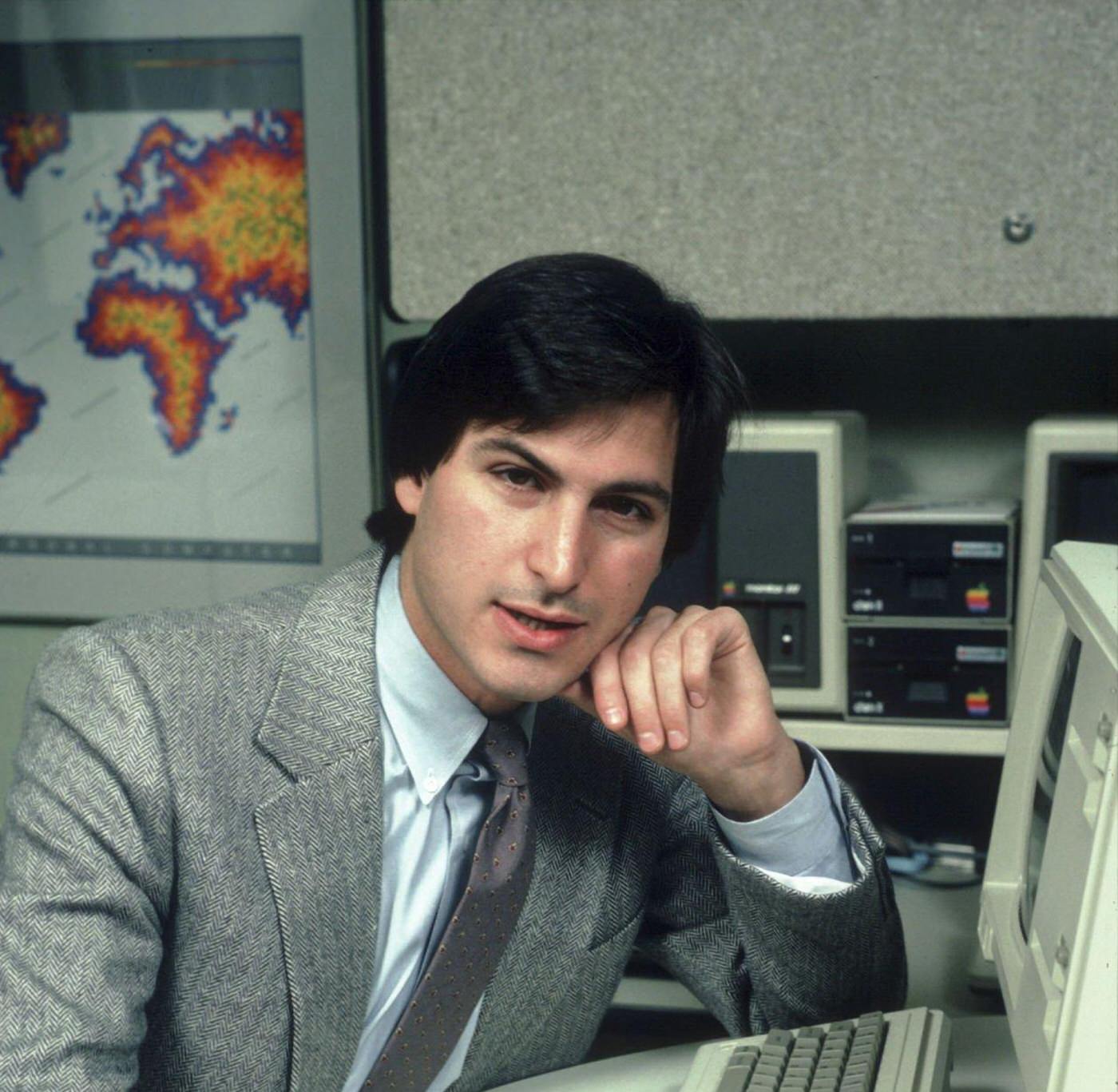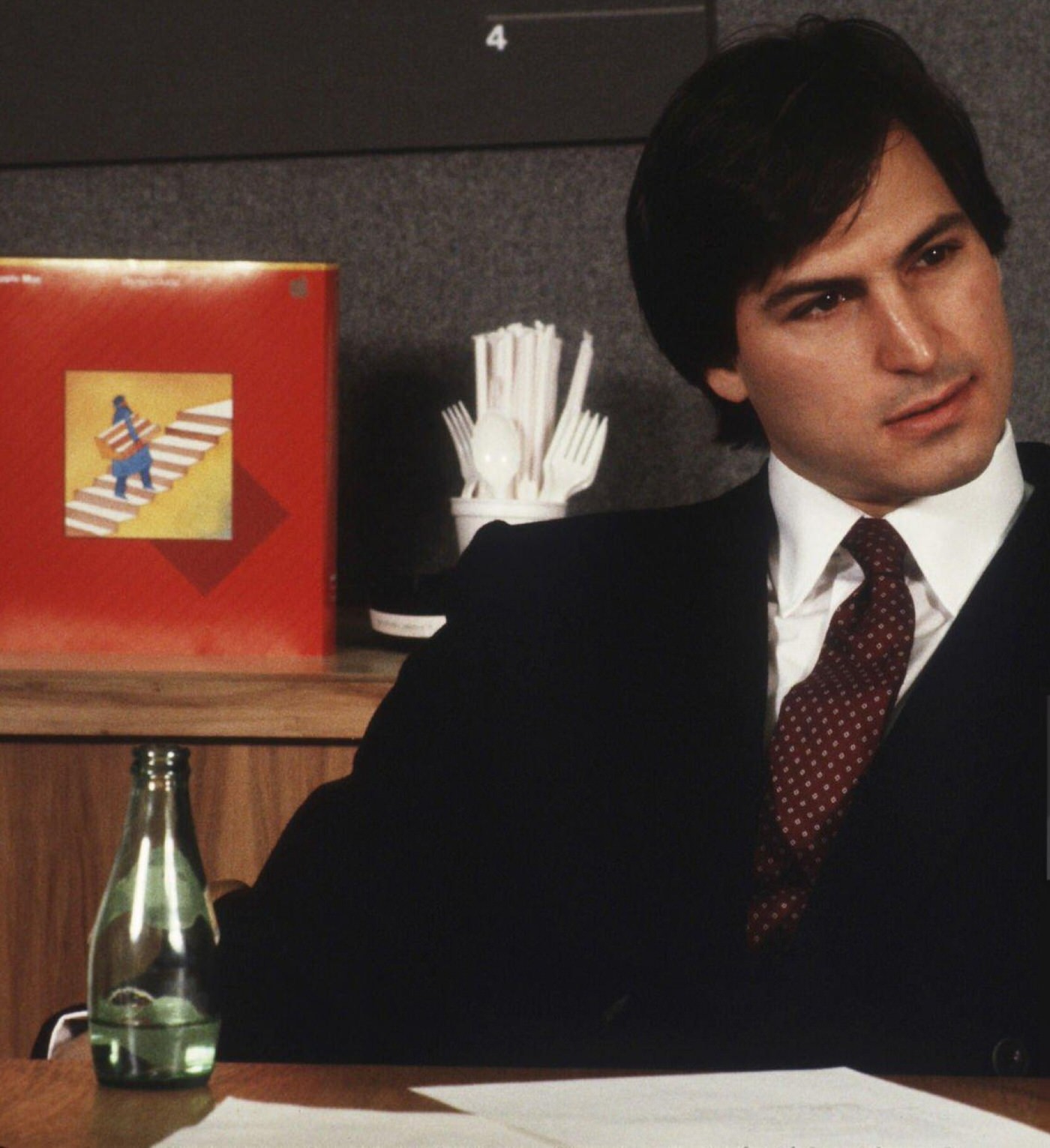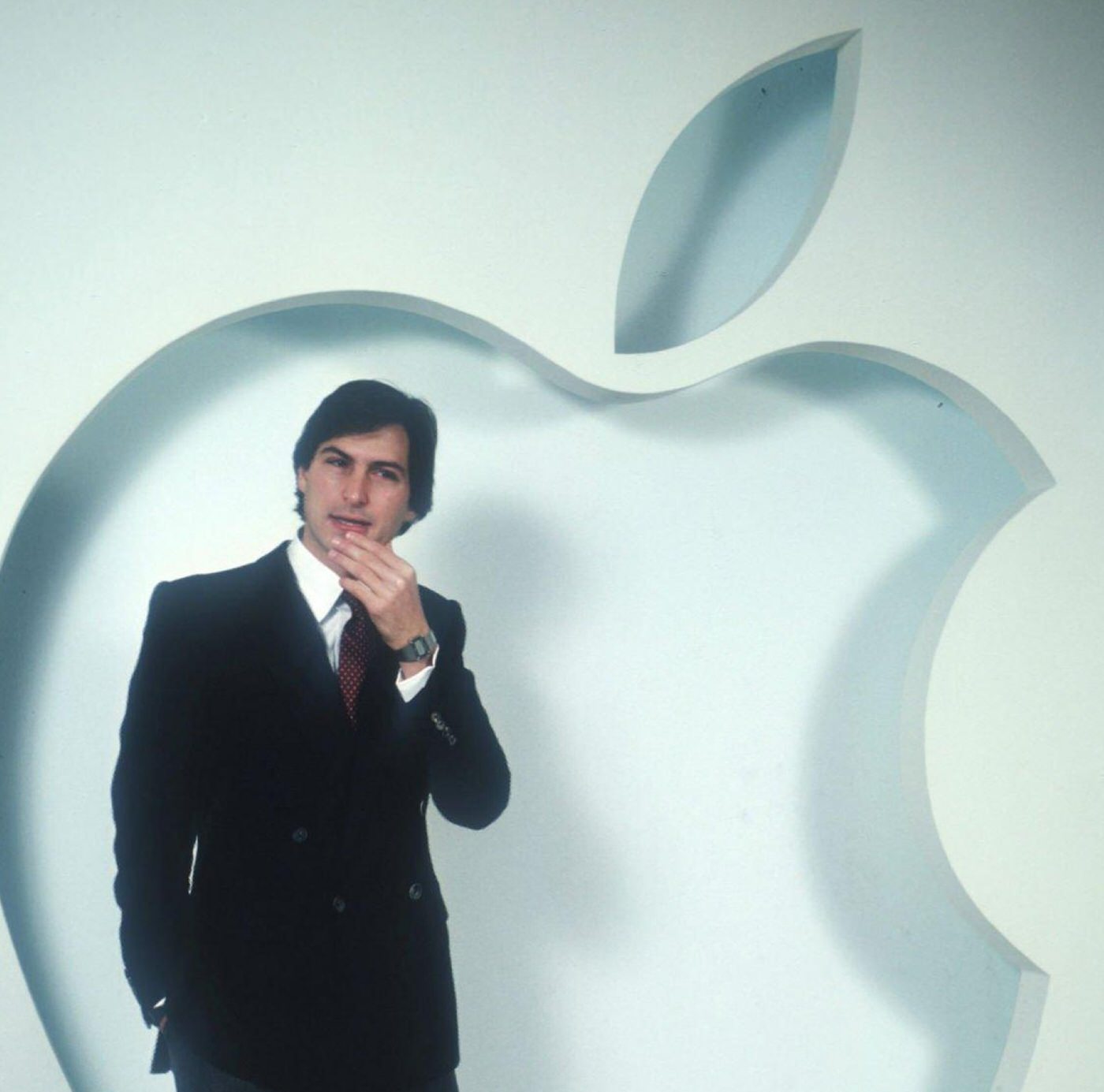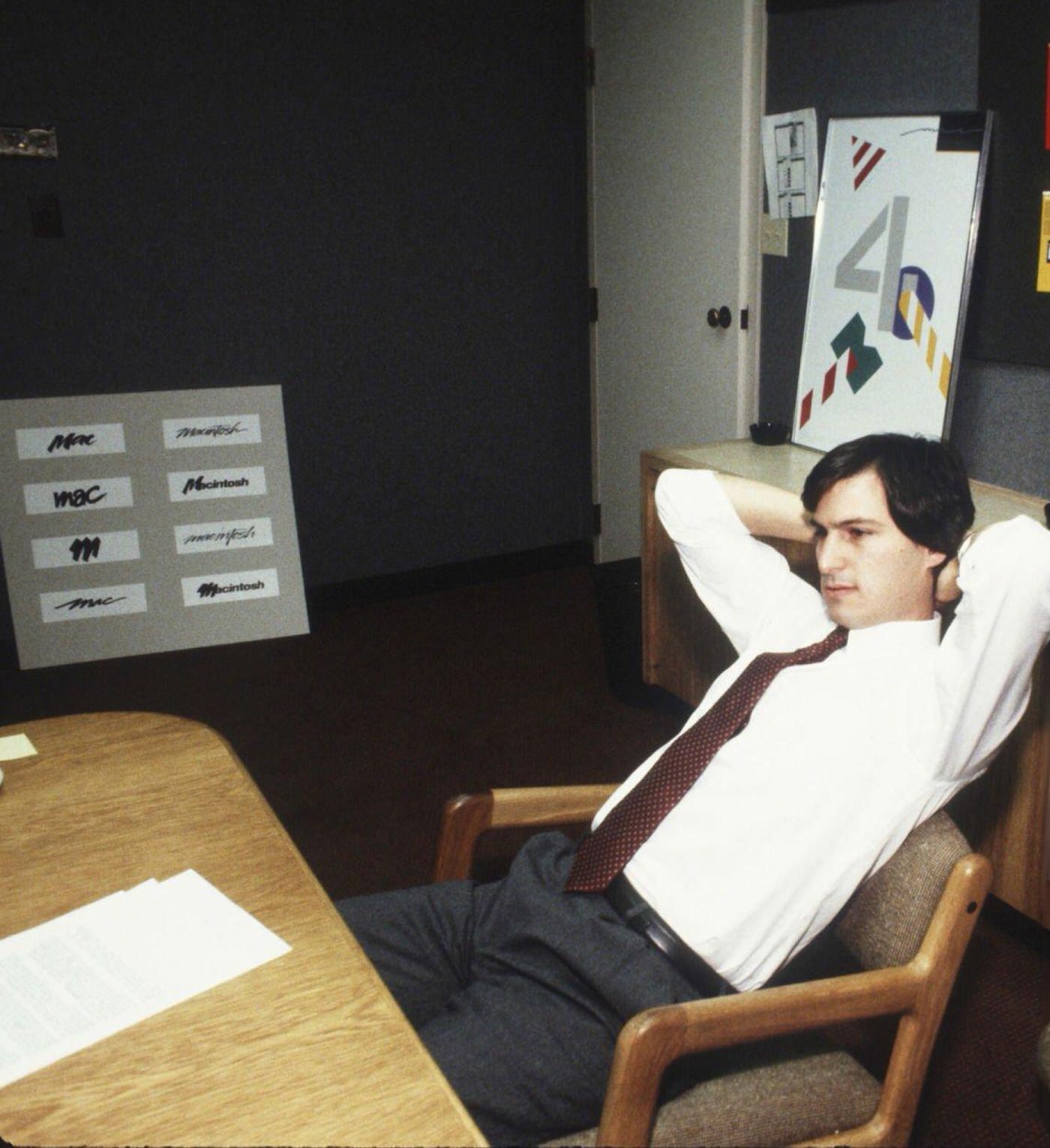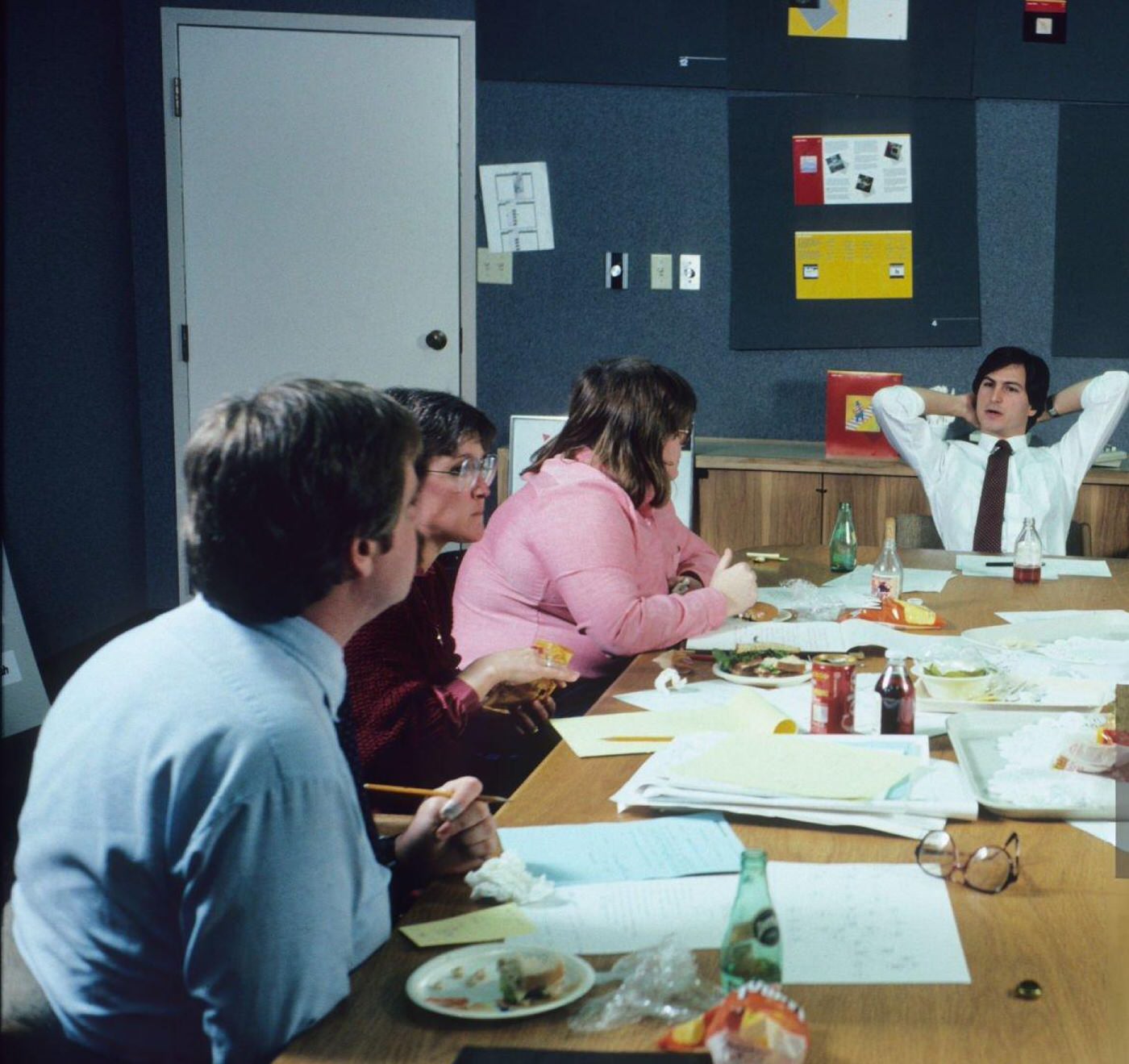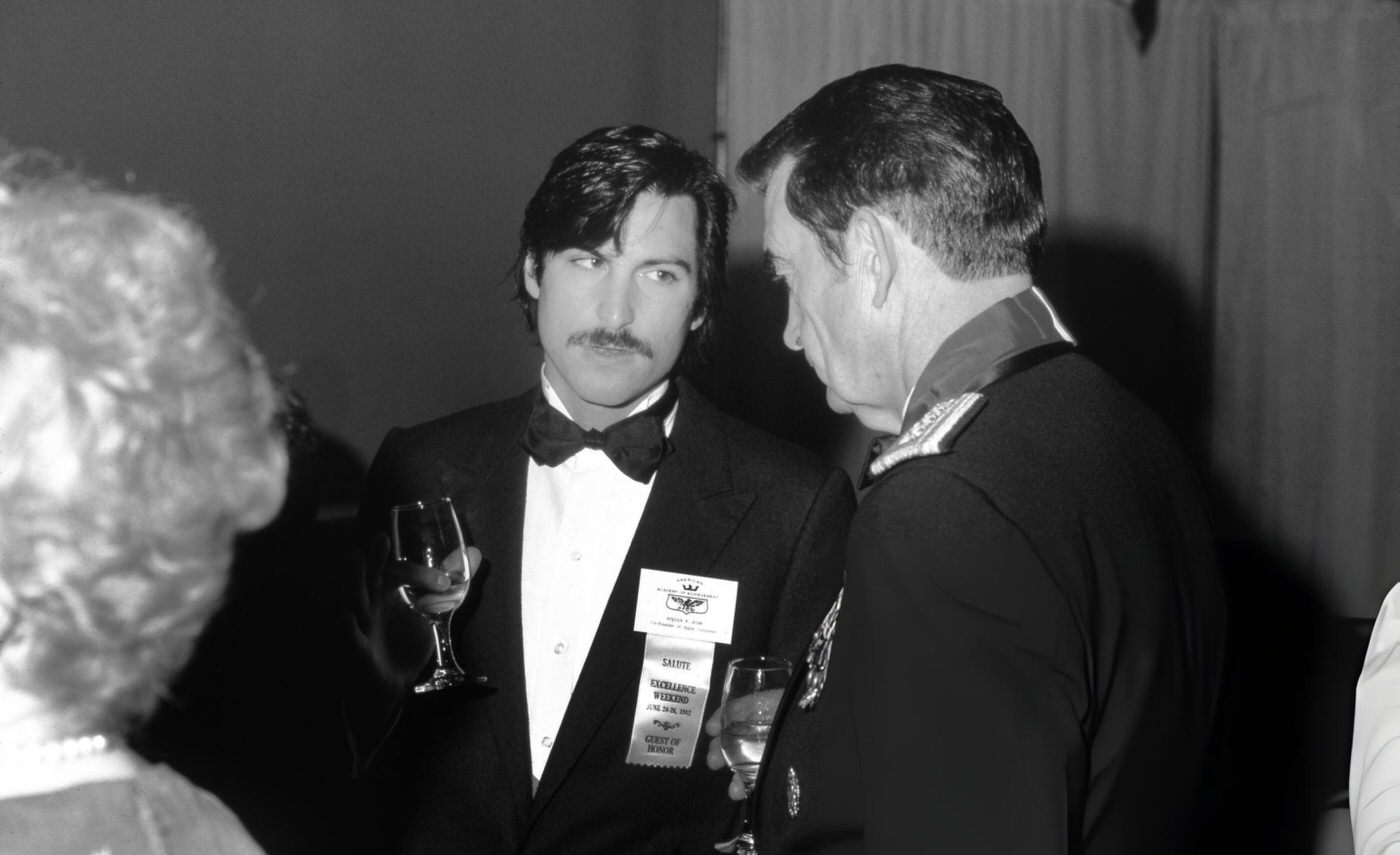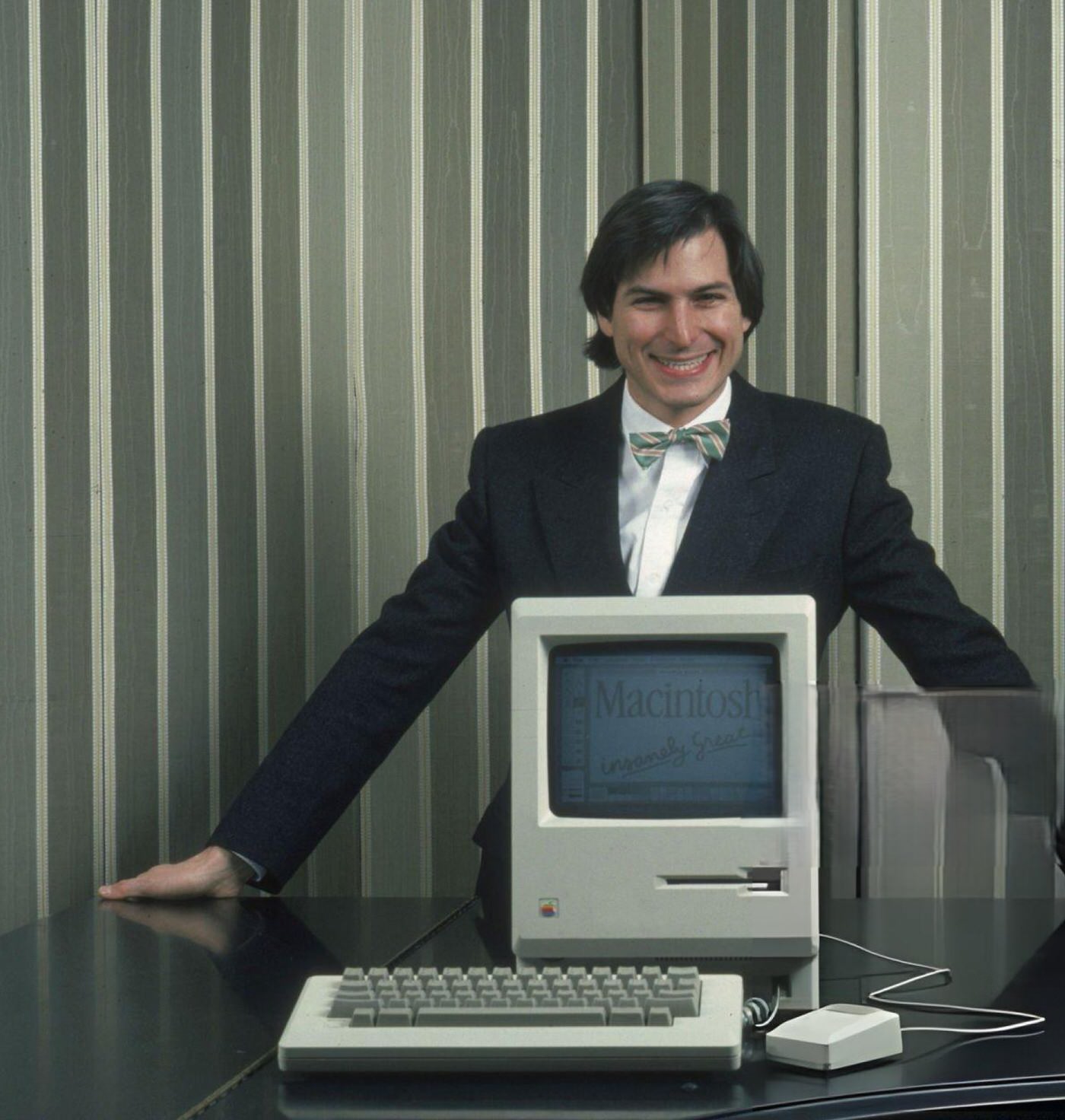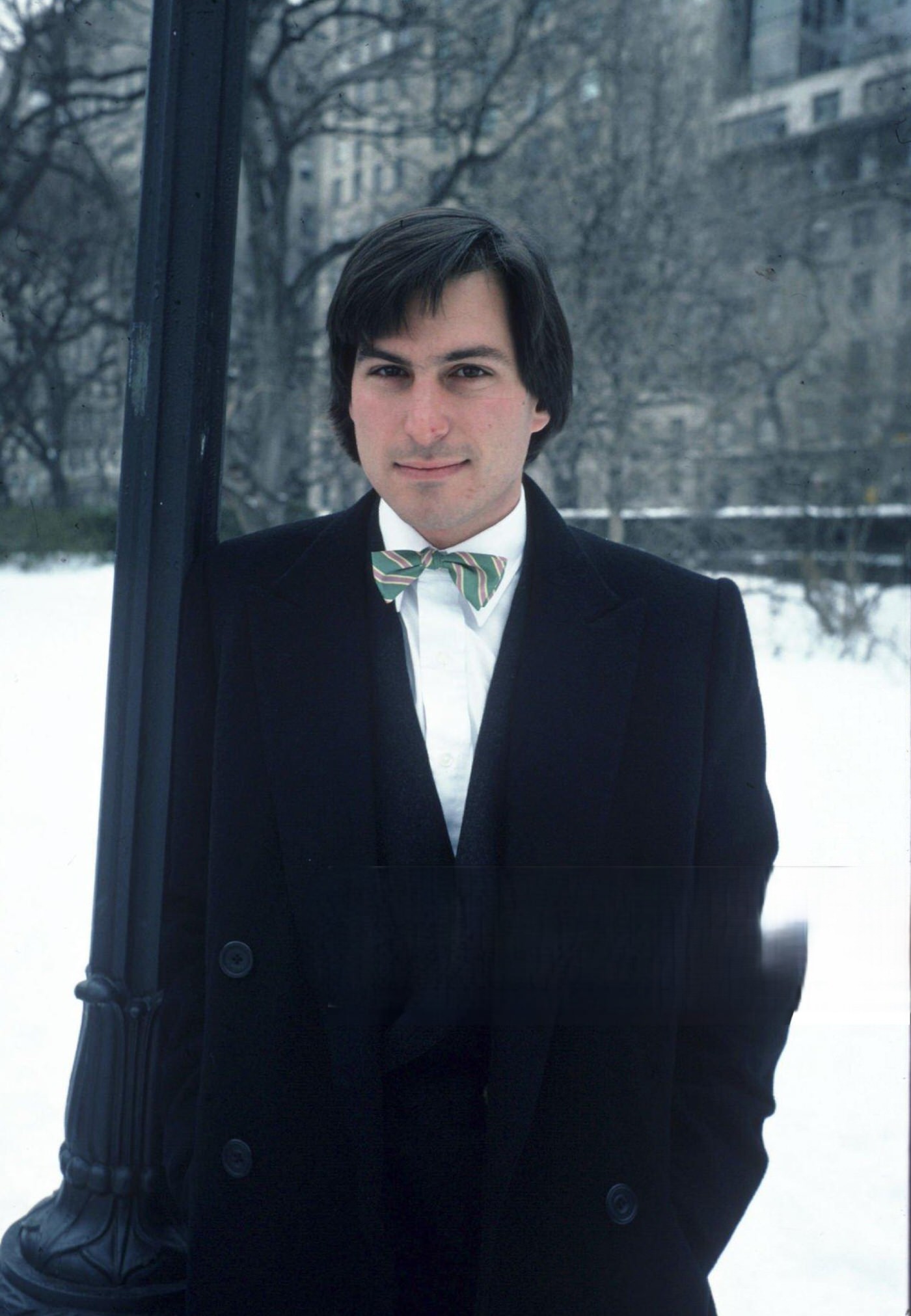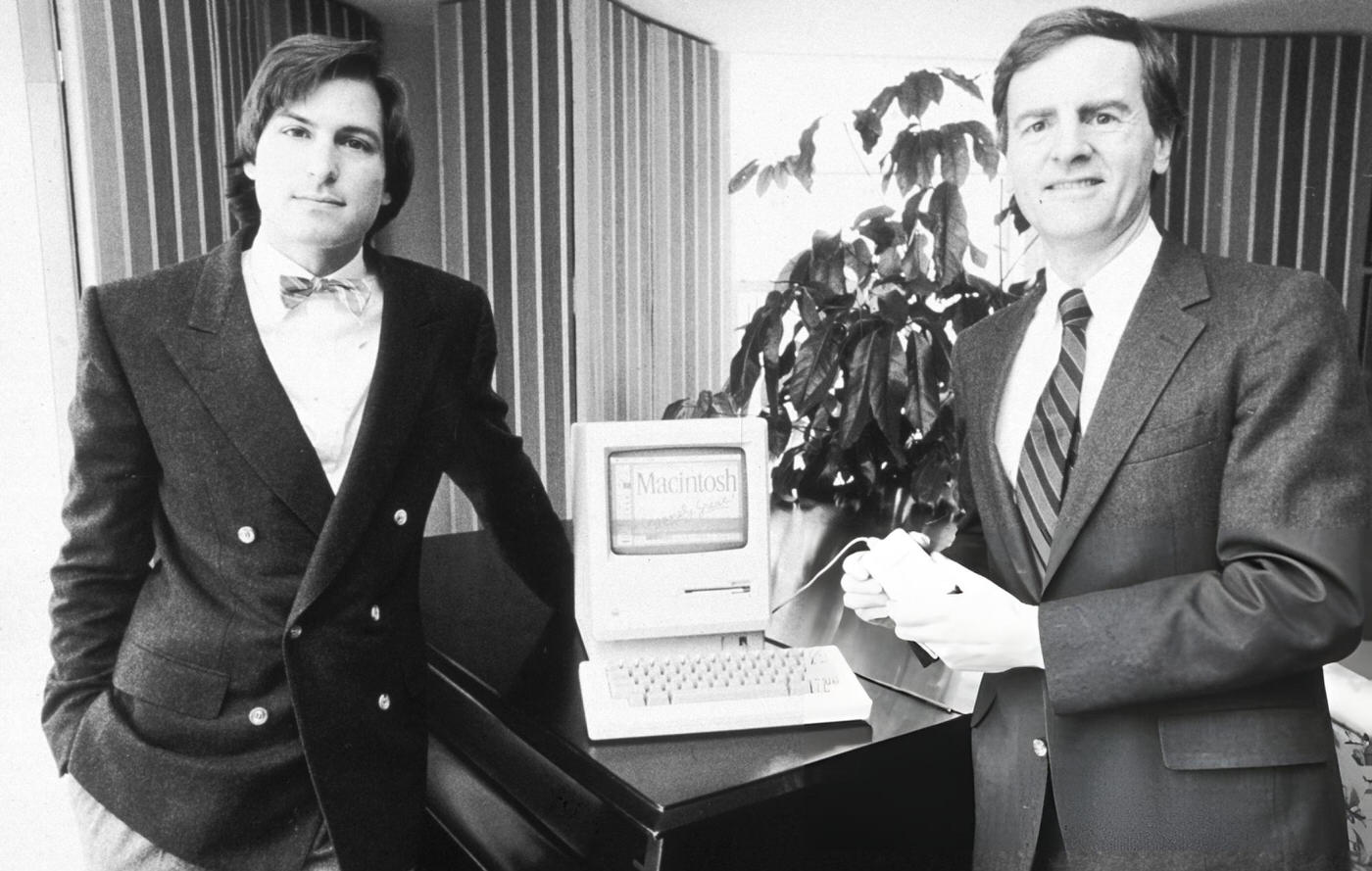Steve Jobs wasn’t born with a silver spoon in his mouth. Born in San Francisco in 1955, he was given up for adoption and raised by Paul and Clara Jobs in Mountain View, California. Steve’s adoptive parents nurtured his curiosity and love for electronics, which would later become the foundation of his career. However, he was a bit of a troublemaker in school, often bored and seeking out new challenges.
His rebellious nature led him to experiment with drugs and explore different philosophies, eventually dropping out of college after just one semester. But even as a young man, Jobs possessed an unwavering belief in his own abilities and a passion for creating products that would change the world.
From Atari to Apple
After dropping out of college, Jobs worked briefly at Atari, a video game company. However, he soon grew restless and embarked on a spiritual journey to India, seeking enlightenment. Upon his return, he reconnected with his childhood friend, Steve Wozniak, a brilliant engineer with a knack for building electronics.
Together, Jobs and Wozniak founded Apple Computer in 1976, working out of Jobs’ parents’ garage. Their first product, the Apple I, was a bare-bones computer kit that appealed to hobbyists and tech enthusiasts. But it was the Apple II, released in 1977, that truly launched Apple into the mainstream. With its user-friendly interface and color graphics, the Apple II became a hit with schools and businesses, setting the stage for Apple’s future dominance in the personal computer market..
Read more
The Macintosh Revolution
In the early 1980s, Jobs became obsessed with creating a new kind of computer, one that would be intuitive and easy to use. He visited Xerox PARC, a research center known for its groundbreaking work in computer interface design, and was inspired by their graphical user interface (GUI) technology.
Jobs assembled a team of talented engineers and designers, and together they created the Macintosh, a revolutionary computer that featured a mouse, icons, and windows. The Macintosh was a commercial success, but it also marked a turning point in Jobs’ relationship with Apple. His abrasive management style and clashes with the board of directors led to his resignation in 1985.
Pixar and NeXT
After leaving Apple, Jobs founded NeXT, a computer company that focused on high-end workstations for education and business. While NeXT was not a commercial success, its technology would later play a crucial role in Apple’s resurgence.
In 1986, Jobs acquired Pixar, a computer animation studio that was struggling to find its footing. Jobs’ investment and leadership transformed Pixar into a powerhouse, producing groundbreaking animated films like “Toy Story” and “Finding Nemo.” Pixar’s success not only revitalized the animation industry but also proved Jobs’ ability to identify and nurture talent.
The Return to Apple
In 1996, Apple was struggling. The company had lost its way, and its products were no longer innovative or exciting. In a desperate move, Apple’s board of directors brought Jobs back as CEO.
Jobs quickly set about revitalizing the company. He streamlined the product line, focused on design, and launched a series of iconic products that would change the world. The iMac, with its colorful translucent plastic shell, brought style and personality back to the desktop computer. The iPod, a sleek and portable music player, revolutionized how people listened to music. And the iPhone, a revolutionary smartphone that combined a phone, music player, and internet browser, changed the way people communicate and interact with the world.
Jobs’ leadership and vision transformed Apple into the most valuable company in the world. He was a demanding boss, known for his perfectionism and attention to detail. But he was also a visionary leader who inspired his employees to create products that were not just functional, but also beautiful and intuitive.


